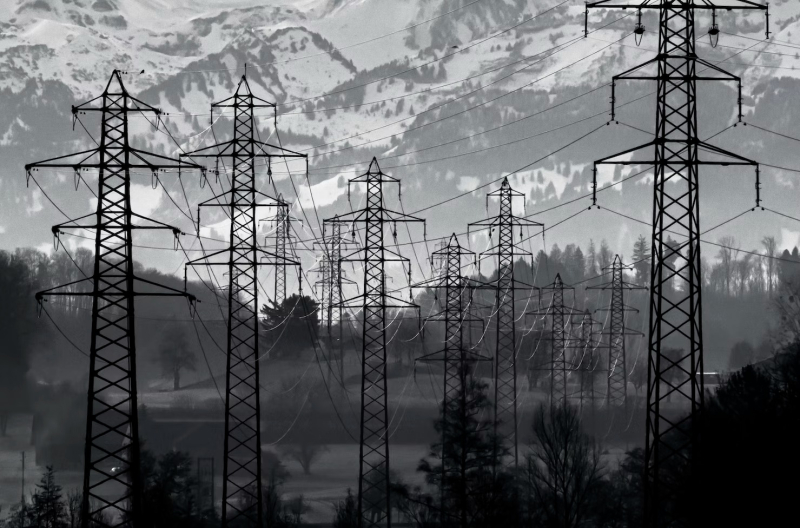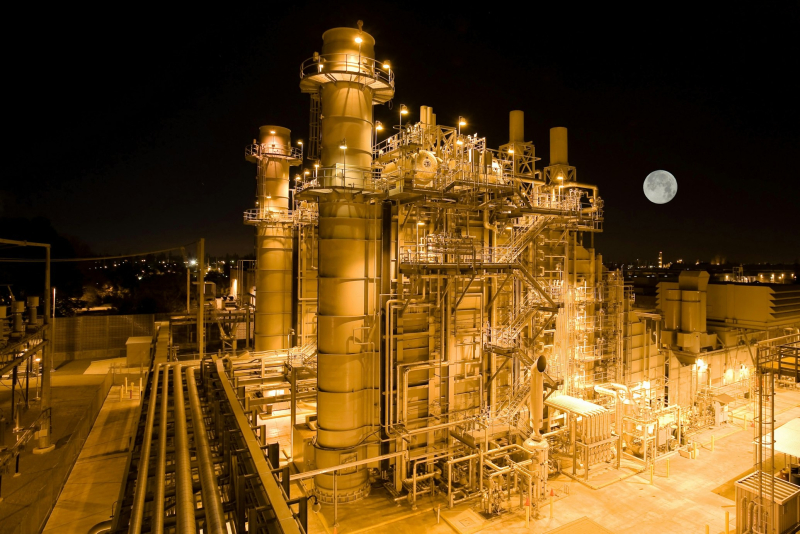The boom in AI systems has led technology companies and their suppliers to consider old power plants and industrial sites for data centers. According to the Financial Times, hyperscalers are pouring billions of dollars into building cloud facilities and AI data centers, but finding a location with the right infrastructure and access to power is becoming increasingly difficult.
According to real estate experts from Cushman & Wakefield, many data center markets have limited access not only to electricity, but also to land. In response, there is increasing interest in smaller markets and “more complex sites” such as old power plants. Real estate group JLL also notes that developers of large campuses are looking for new locations, including “infrastructure sites” or power plants. Typically, hyperscalers like Microsoft, Amazon and Google look at such objects.

Image source: Karl Hornfeldt/unsplash.com
In some regions of the United States and Europe, coal plants or production sites have long been decommissioned, but still have the infrastructure necessary for data centers. Industrial sites are usually equipped with suitable power lines and are often located near water sources.
Thus, Microsoft intends to build a data center on the territory of the old Eggborough and Skelton Grange power stations near Leeds in the north of England and a data center campus in the United States on the site of the failed Foxconn plant. Amazon also intends to build a campus on the site of the old Birchwood station in Virginia (USA). According to some sources, at least one deal of the same kind is now being discussed in Europe, and in the UK the company intends to rebuild the former Ford plant. And in Madrid they intend to turn the former Coca Cola plant into a large data center. Finally, Nautilus proposed turning a former paper mill in Maine into a data center.

Image source: Jan Huber/unsplash.com
Experts warn that limited access to electricity threatens the expansion of AI, and the lack of other infrastructure elements such as cable networks is further limiting the ability to find sites for new data centers. As a result, interest in more unusual places and objects is growing, since signal latency is not too important for training AI models. In this case, changing the object profile may be a good option. The activity of owners of such buildings who are interested in turning their property into a data center has already been noted.
For example, Virtus Data Centers recently acquired two sites in Berlin, part of the site was previously a solar power plant, as well as an old ammunition factory in the UK, which are planned to be converted into data center campuses by 2026. Recently, the former plant was acquired in Georgia (USA) by Equities Group – the site has transformers, water, sewerage and gas supplies. The trend also reflects trends in the mining industry, where the profile of old objects is also changing.

Image source: Jan Huber/unsplash.com
Some experts warn that such repurposing can be a long, expensive process with a lot of bureaucratic obstacles and is not always economically feasible, especially if the site is already disconnected from all energy lines and is not served by local power companies. Getting everything back to work is quite difficult. Real estate specialists from the JLL group said that much depends on the specifics of the property, the cost of improvement, land prices, etc.
Researchers at RMI (Rocky Mountain Institute) even propose combining fossil fuel power plants with data centers and renewable energy sources. The excess of the latter, which cannot be transferred to the power grid due to external restrictions, can be used on site, for example, to power data centers and other objects that consume a lot of energy. And in this case, you won’t have to spend money on building new power lines.